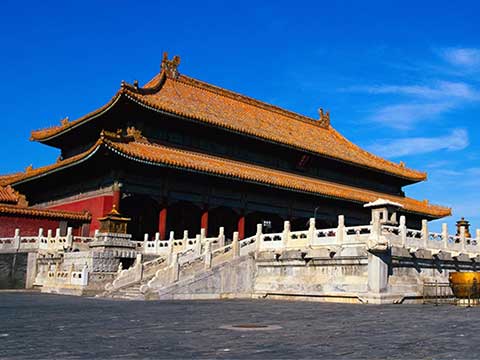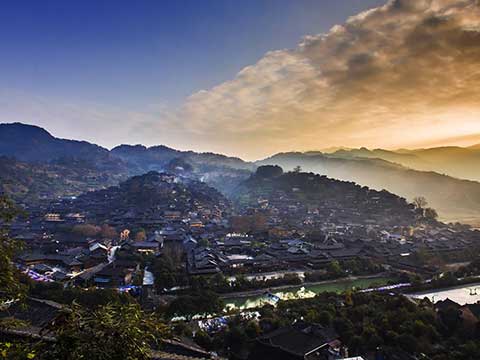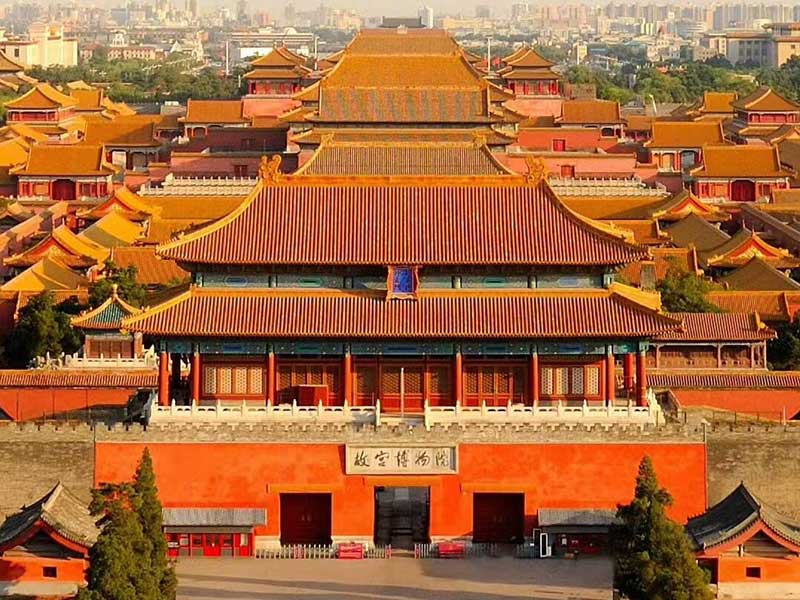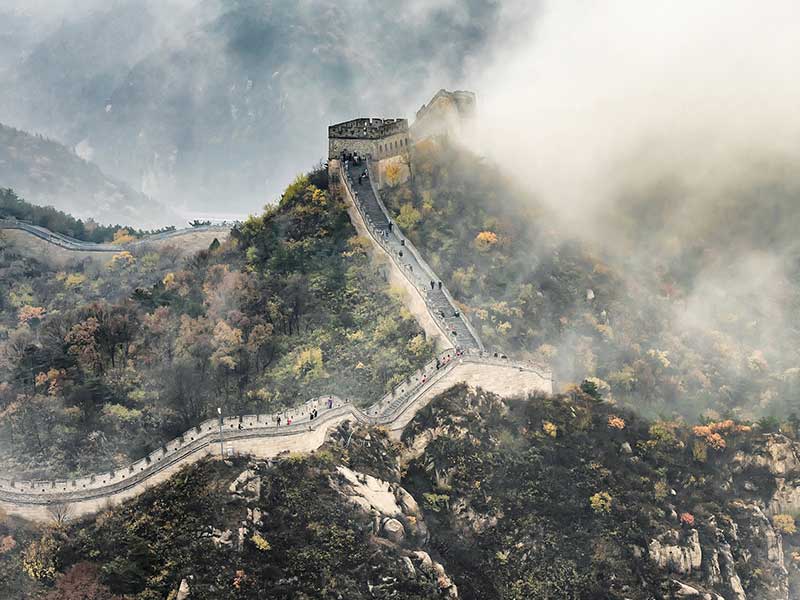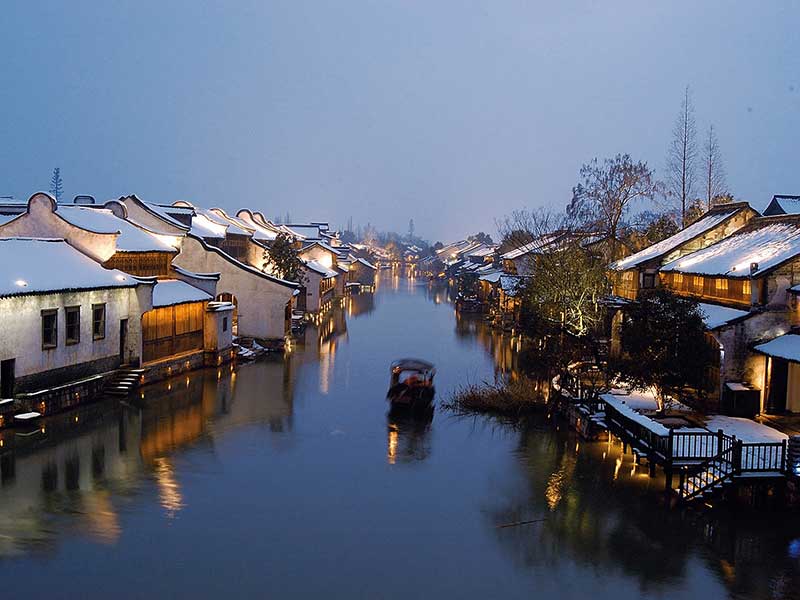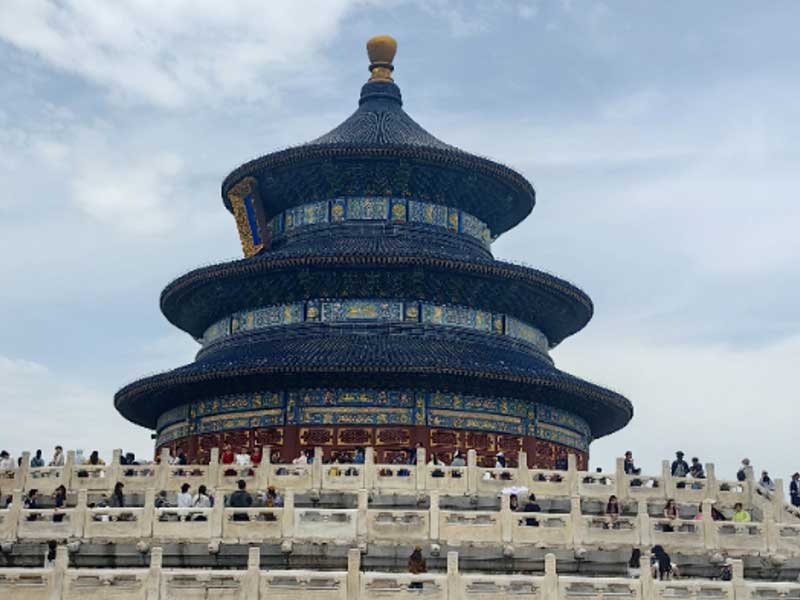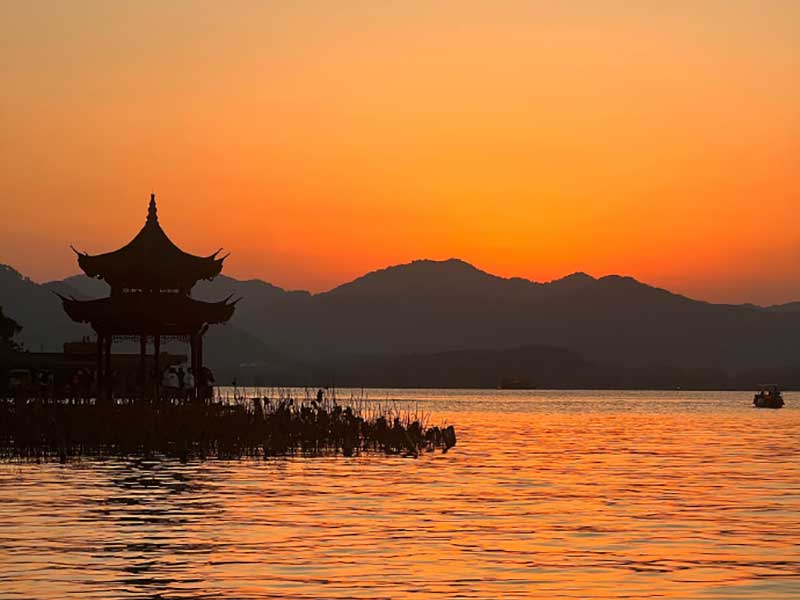The Palace of Nvwa is located in Suobu Town, Shixian County, Handan City, Hebei Province. It is one of the important origins of Chinese civilization and a key base for studying the root culture of China. Here, there is a deep historical and cultural heritage, combined with natural scenery and human history, making it a comprehensive tourist area that integrates history, culture, and natural landscapes.
The Palace of Nvwa scenic area covers a total area of 5 square kilometers, consisting of five functional zones: the entrance area, the Buhuan Garden, the Buhuan Lake, the core area, and the Buhuan Valley. Among these, the Buhuan Garden is the only currently under construction project, composed of three parts: the Matriarchal Clan Culture Garden, the Deeds Garden, and the Gold and Stone Garden. It showcases the history and inheritance of the Nvwa culture.
The name "Palace of Nvwa" comes from the legend of Nuwa, who shaped humans from clay and repaired the sky with stones. Therefore, it is called The Palace of Nvwa. Here, there are not only the mythological stories of Nuwa repairing the sky, but also rich historical relics and natural scenery, offering tourists an important window into the origins of Chinese civilization.
The main attractions within The Palace of Nvwa scenic area include the Nvwa Pavilion, the Chaoyuan Palace, the Guangsheng Palace, the inscriptions on precipices, the Tingshan Palace, the Eight Diagrams Square, the Waterfront Commercial Street, and the Buhuan Valley Scenic Area. Among them, the Nvwa Pavilion is the landmark building of the scenic area, located on the slope of Zhonghuang Mountain, standing 23 meters high, consisting of four levels. Due to its unique architectural structure, it is known as the "Living Pavilion" or "Suspension Temple," and is a must-see attraction for visitors.
The Nvwa Pavilion faces east and sits west, built directly against the cliff. Its unique structure is due to the lack of deep foundations and the absence of continuity between the pavilion and the cliff. When too many people stand on the pavilion, the body of the pavilion tends to tilt forward, which is very dangerous. Therefore, the craftsmen pulled nine iron chains between the pavilion and the cliff. When the pavilion tilts forward, the chains tighten and straighten, providing a counteracting force to help the pavilion return to its original position. Hence, it is called the "Living Pavilion" or "Suspension Temple."
The inscriptions on precipices are another highlight of The Palace of Nvwa scenic area. When Emperor Gao Yang, the founder of the Northern Qi Dynasty, established his capital at Yedian (now in Linding, Handan), he often traveled between Yedian and Jinyang (now in Taiyuan, Shanxi) for military and political reasons. Shixian County, located along the way, built a temporary palace and a pavilion on Zhonghuang Mountain. At the same time, to facilitate his worship of Buddhism, he carved six Buddhist sutras on the cliff faces, inscribed on five cliff walls, covering a total area of 165 square meters, with more than 137,400 characters of sutras. The script is a mix of regular and cursive styles, with a mature and elegant style, and is praised as "silver strokes and iron lines, a unique wonder of the world." These inscriptions have been preserved for more than 1,450 years and are important sources for studying ancient calligraphy and Buddhist culture.
In addition to the Nvwa Pavilion, the scenic area also includes the Guangsheng Palace, the Tingshan Palace, the Eight Diagrams Square, and the Buhuan Valley Scenic Area. These attractions not only showcase the profound culture of Nuwa but also allow visitors to experience the harmonious unity of nature and human culture during their tour.


